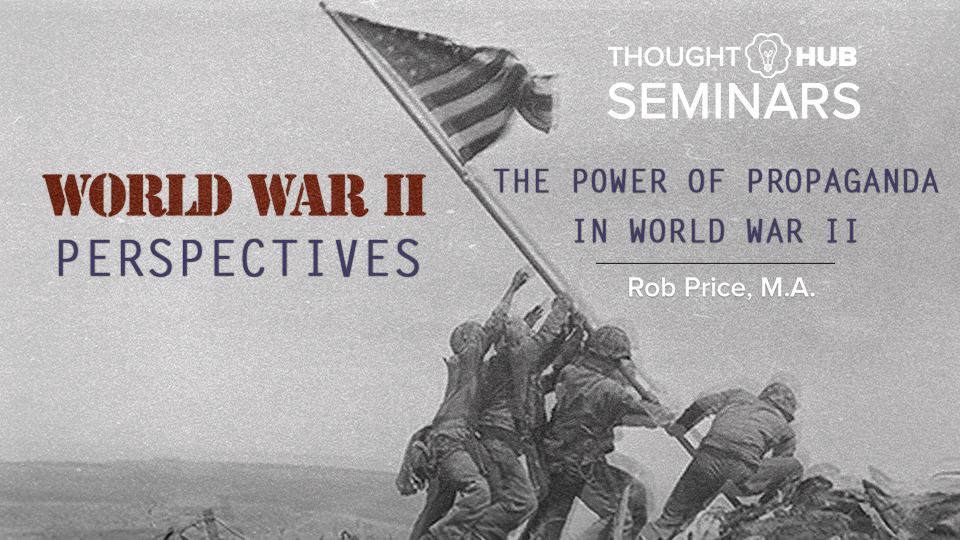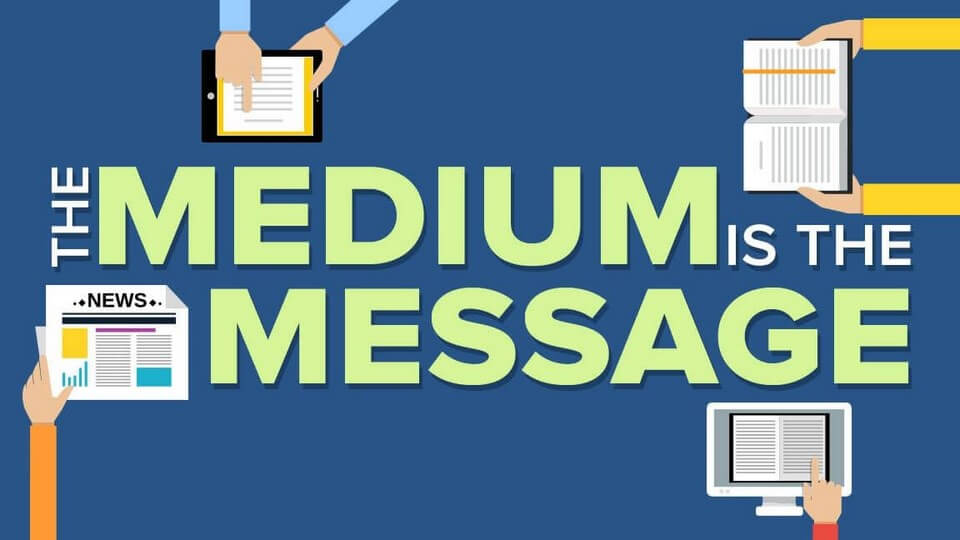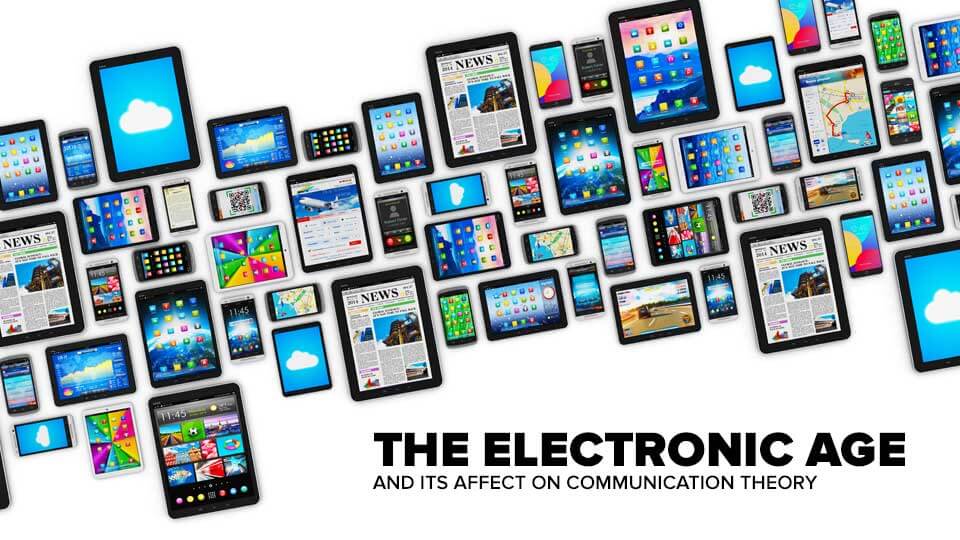Learn More About Communication
Valuable Tips for Effective Communication in the Workplace
Published: September 27th, 2016
You may ask, why should we care about our ability to communicate? Well, that’s easy. We should care because we want others to understand what we mean. We want to improve our relationships. We want to make sure things get done and in many cases, we want to advance our careers. One of the job skills employers desire most is effective communication. When people communicate effectively, they can build a productive working relationship, solve problems, supervise others, and create trust in the workplace.
The Superpower of Praising Others
Published: November 10th, 2016
How does it feel when someone praises your accomplishments? Do you suddenly feel inspired, sharp and ready to take on new challenges? Science shows that there are many psychological effects of praise. Used correctly, praise can boost self-esteem, increase performance and supercharge productivity. Used incorrectly or not at all, it can tear down and render the most high-powered team impotent.
The Psychology of Venting – Part 2
Published: July 3rd, 2017
As discussed in a previous post, venting is a two-way process that involves the person venting and the person hearing the vent. Healthy, positive venting is focused on how the person hearing the vent shows empathy, creates safety, and participates in active listening (Kurz, 2017; Bryant, 2009; Egan, 2007). Research has concluded that negative venting can lead to higher stress levels and other physical health concerns. Negative venting is not associated with the person venting but rather the active listener and his or her response (Bodie et al., 2015; Goldsmith, 2004).
The Psychology of Venting
Published: March 16th, 2017
Venting. We all have done it. As a matter of fact, we probably have done it within the last 24 hours. Have you ever vented and was angry with yourself for doing so? Do I know those times all too well…? So why do we vent? Is it healthy to vent? What can we do when others want to vent? Let’s unpack these questions.
The Power of Propaganda in World War II
Published: August 29th, 2018
In a world before social media and the internet, how did the United States encourage and promote American citizens in the 1930s and 1940s to contribute to the war effort? The answer-propaganda and lots of it. While propaganda took many forms, perhaps its strongest and the most effective channel was Hollywood films. In this Thought Hub vlog, Rob Price, M.F.A., shares the impact of these films in America during this era and how many young filmmakers put their careers on hold to contribute to the war effort.
The Power of Print and Its Affect on the Church
Published: February 9th, 2016
Reading and writing have been staples of basic communication for thousands of years. One might wonder what kind of effect the written word had on the Church over the centuries. But perhaps a better-crafted question might be what happened to Christianity when words became “printed and replicable” on a large scale.
The Medium is the Message: How New Media Affects the Gospel
Published: May 11th, 2016
Being a professor in the Communication Arts Department here at SAGU allows me to spend a lot of time with my students on video, audio, lighting, and editing equipment. But as a Bible-based University, we are challenged to look beyond our cool gadgets and gear to the deeper issues of how methods of communication affect the Gospel message, the Church and our Christian worldview.
The Electronic Age and its Effect on Communication
Published: October 20th, 2015
In our last two video blogs, we presented a communication model and some history that proved how print profoundly affected the pulpit. And if the printing press medium pushed modernity in Western culture, then is it possible the dawn of electronic media is pushing our society to post-modernity?
The Beat Sheet: Skeleton of a Screenplay
Published: March 10th, 2015
Blake Snyder’s beat sheet from Save the Cat! The Last Book on Screenwriting You'll Ever Need is the primary structure or foundation by which we are going to build our story. It’s the skeleton of the screenplay on which we will soon put on flesh. The beat sheet is a lot more than just Act I, Act II and Act III.
Strength and Honor: Essential Team Values (Part 1)
Published: July 23rd, 2021
The Ancient Roman military, famed for its organization and tactical brilliance, revolutionized warfare through teamwork. From 161 BCE to 180 CE, these soldiers were unified under the reign of Emperor Marcus Aurelius by a code, “strength and honor.”
In part 1 of this series, Dr. Tony Garza discusses the significance behind the first word of this code: strength. Strength can take on many forms, both individually and collectively. So, what exactly is ‘strength’ within the modern team setting? And, since you’re most likely not charging into a battlefield with a sword anytime soon, how does the first component of this ancient Roman war code apply to you? Let’s dive in.
Solomon's Twitter Account
Published: December 1st, 2016
Imagine King Solomon gawking at an iPad. We’ve come a long way from papyrus scrolls, cuneiform tablets, scribes, printing presses, telegrams, and even being solely dependent on handwritten letters delivered by the Pony Express. Technological advancements and globalization have definitely changed how our society (and most of the world) engages information. We are constantly inundated with massive amounts of information; we rarely encounter any data solely by itself. TV shows have ads for other TV shows in the bottom corners of screens. News channels will report on one issue, while several other headlines cruise by underneath. No single web page is complete without multiple scrollbars, links, and the bombardment of the occasional pop-up; we automatically know that no matter where we travel on the Web, we will be greeted with an onslaught of images, colors, and words.
Presenting the Gospel to Non-Christians
Published: March 2nd, 2017
In this video, Dr. Jeff Magruder explains the importance of having an awareness of language, culture and other variables when presenting the gospel to non-Christians.
How to Win Your Audience's Attention for Your Sermon
Published: June 28th, 2016
The sermon introduction is more important now than historically it has ever been. We can no longer assume that simply because we have a title in front of our name, letters after our name, or an open Bible before us that people feel any obligation to pay attention to what we have to say.
How to Develop an Effective Sermon Conclusion
Published: January 12th, 2017
Many preachers understand how to take off, but don’t know how to land. They can introduce a sermon, but they struggle with providing an effective conclusion. In this blog, I am describing three characteristics of an effective conclusion and offer some approaches that you can incorporate into your preaching.
How the Smartphone has Changed Preaching
Published: January 22nd, 2019
I once chuckled at a guest preacher when he began a sermon’s scripture reading by saying, “Turn with me in your iPhones to James chapter 2.” Of course, the congregation chuckled as well, but he was right — many churchgoers in the 21st century do not bring their bibles to church anymore instead, they utilize their smart phones — and for much more than just reading scripture during sermons. This article will assess the challenges and the advantages of preaching in the smartphone age.
Exclusivity and Scarcity as Demonstrated in Children's Toys
Published: February 4th, 2016
If asked to name the top selling girls children's toy from the past year, what would you guess? One might reasonably (but incorrectly) assume Barbie , Goldiblox , or the continued onslaught of Frozen-themed merchandise. But, if you have young daughters or grandchildren, you won't be surprised when I say Shopkins .
Beware of These 3 Sermon Introduction Speed Bumps
Published: November 12th, 2015
In my last video blog I discussed some examples of attention-getting introductions. In this video I want to offer some warnings about potential momentum stoppers, or as I call them “speed bumps” in the introduction. Speed bumps are meant to slow you down while driving through neighborhoods and parking lots. While we certainly want them in those places, you don’t want them in your sermon introductions.
8-Step Guide to Writing Great Screenplays
Published: October 29th, 2015
Written by the late Blake Snyder, Save the Cat! The Last Book on Screenwriting You'll Ever Need has quickly become a classic among aspiring screenwriters. I was first introduced to this book in 2011 during my first year studies in the Master of Fine Arts (MFA) program in Screenwriting and Film Studies at Hollins University in Roanoke, Virginia. In that particular class on screenwriting I discovered many other important components or “stages” to crafting that perfect screenplay.
7 Strategies for Effective Preaching in the Smartphone Age
Published: February 26th, 2019
Preaching in the smartphone age can have its challenges. As advancements in technology, communications and instant connectivity continue, preachers will need to counter such distractions to relay the gospel message effectively. In light of diminished attention spans and the reality of the presence of smartphones in our sanctuaries, I would like to share seven practical strategies that preachers can utilize to maximize the effectiveness of their sermons in the smartphone age.
6 Cheap-to-free Marketing Tools for Nonprofits
Published: January 12th, 2016
Marketers of small- to mid-sized organizations constantly seek tools to improve efficiency and efficacy of their efforts without breaking the budget. In this post, I provide 6 marketing tools that can make your life as a nonprofit marketer (or small business) easier than ever.



















